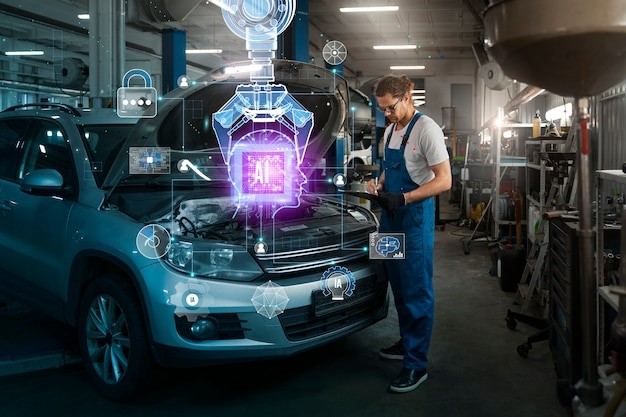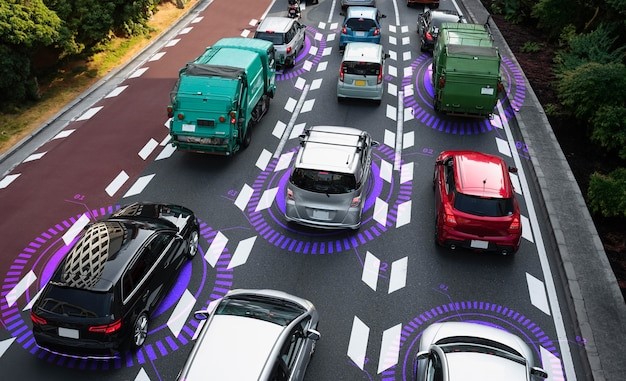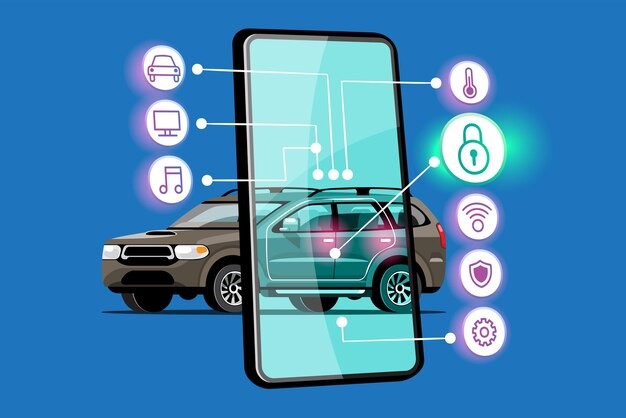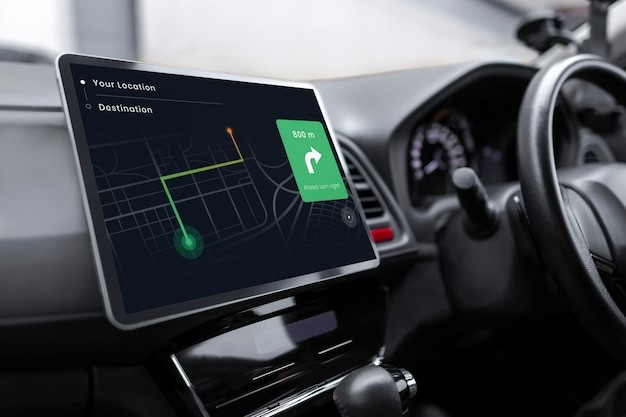The automotive industry is undergoing a radical transformation, shifting gears from conventional vehicles to the era of smart cars. As technology continues to revolutionize every facet of our lives, automobiles are evolving into interconnected, intelligent machines, heralding a new era of mobility. For tech executives, understanding the landscape of smart cars is not just a matter of interest but a strategic imperative, as these innovations present unprecedented opportunities and challenges.
The convergence of cutting-edge technologies like artificial intelligence, IoT, and connectivity has propelled the evolution of smart cars. These vehicles are equipped with advanced sensors, cameras, and computing capabilities, enabling them to gather and process vast amounts of data in real-time. This data fuels functionalities such as autonomous driving, predictive maintenance, enhanced safety features, and personalized user experiences.


Autonomous driving technology, a flagship feature of smart cars, represents a significant leap forward. It relies on AI algorithms and sensor fusion to perceive the vehicle’s surroundings, make decisions, and navigate without human intervention. Tech executives need to comprehend the complexities and intricacies of these systems, as they hold the potential to redefine transportation, logistics, and urban planning.
Moreover, smart cars are transforming into data hubs on wheels, generating immense amounts of information. This data encompasses not only vehicle diagnostics but also user preferences, traffic patterns, and environmental conditions. Leveraging this data intelligently is crucial, as it opens avenues for innovative services and business models. For instance, subscription-based models for in-car entertainment, predictive maintenance services, and personalized insurance plans are all on the horizon.
The role of connectivity in smart cars cannot be overstated. With the advent of 5G technology, vehicles can now communicate seamlessly with each other, infrastructure, and the cloud. This connectivity fosters not only improved navigation and real-time updates but also enables over-the-air updates for software, enhancing vehicle functionality and security continually.
However, alongside the vast opportunities, challenges loom large. Security vulnerabilities in smart cars pose a significant concern, given their interconnectedness and reliance on software systems. Tech executives must prioritize cybersecurity measures to safeguard vehicles from potential cyber threats and unauthorized access, ensuring consumer trust and safety.
Interoperability and standardization also present challenges in the smart car ecosystem. As different manufacturers adopt diverse technologies and standards, establishing compatibility and uniformity becomes crucial to enable seamless integration and communication between vehicles and infrastructure.
In conclusion, smart cars represent a seismic shift in the automotive landscape, presenting tech executives with both opportunities and challenges. To navigate this terrain successfully, they must grasp the intricacies of autonomous driving, data utilization, connectivity, cybersecurity, and industry collaborations. Embracing innovation while ensuring safety, privacy, and interoperability will be instrumental in driving the future of smart mobility.
As the automotive industry hurtles toward a future dominated by smart cars, tech executives poised at the intersection of technology and mobility have a pivotal role to play. Their insights, innovations, and strategic decisions will not only shape the future of transportation but also revolutionize the way we perceive and interact with vehicles on the roads ahead.


